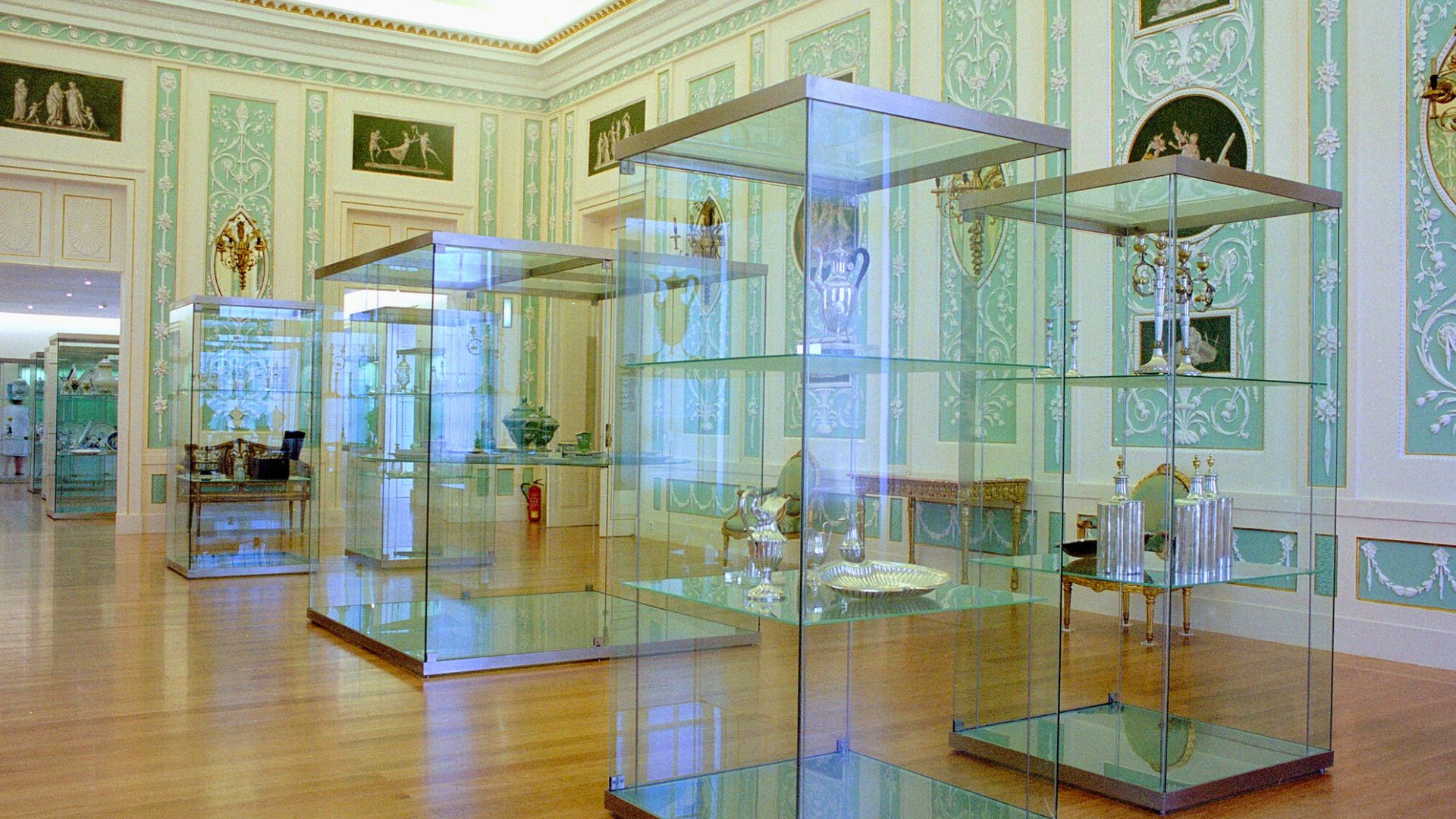Registrations
Online Registration
Target Audienc
youth and adults
Observations
Minimum of 5 and maximum of 15 participants
Value
Entry Ticket + 2 EUR
As part of the proposed program for the Visits at the right time, on the 30th of August, at 3 pm, a guided tour of the Noble Floor of the Palácio dos Carrancas will take place.
Over the years of use, the occupation of the space has undergone changes, due to the mobility of the family and the frequent existence of guests.
However, some principles of use of the various floors can be outlined.
On the first floor we find the large entrance hall around which the warehouses, stables and stables were distributed.
The middle floor was used by the family, and the main floor was reserved for the important people who stayed here.
The top floor should have been reserved for servants, and the factory workshops and perhaps the kitchen occupied the two wings that surrounded the interior garden.
The Palácio dos Carrancas was built in 1795 by the Morais e Castro family, descendants of New Christians, belonging to the Porto bourgeoisie and who became rich with the Fábrica de Fio de Fio de Prata installed here. The building, with a manufacturing unit and residence, witnessed and was the scene of social, military and political events throughout the 19th century.
Markedly urban and following the Neoclassical style, which was then installed in Porto, the Palace had a unique character in the context of private construction. Everything points to the intervention of municipal architects Joaquim da Costa Lima Sampaio and José Francisco de Paiva. The façade, with great clarity of design, divided the building into two horizontal bodies.
The distribution followed the hierarchy of the old regime and the architecture treaties: noble floor, enclosed courtyard with a raised wall, separation of manufactures and workers and the farmhouse set back. Luxury asserted itself in the interior spaces, namely on the main floor, with a grandiose Dining Room and the Music Room still remaining from that period.
The grandeur of the building associated it with the scene of major political-military events in the city. For example, during the first French invasion, it was considered a strategic location and occupied by Marshal Soult. Shortly afterwards, his successor in the city’s military command, head of the liberating army, General Arthur Wellesley, settled here.

